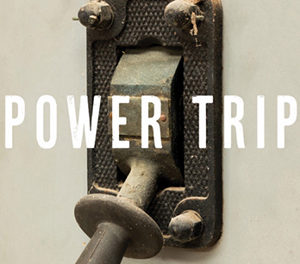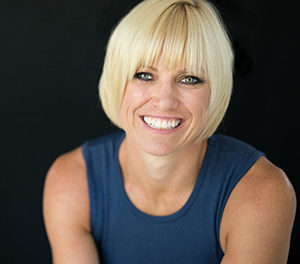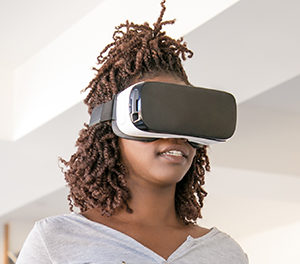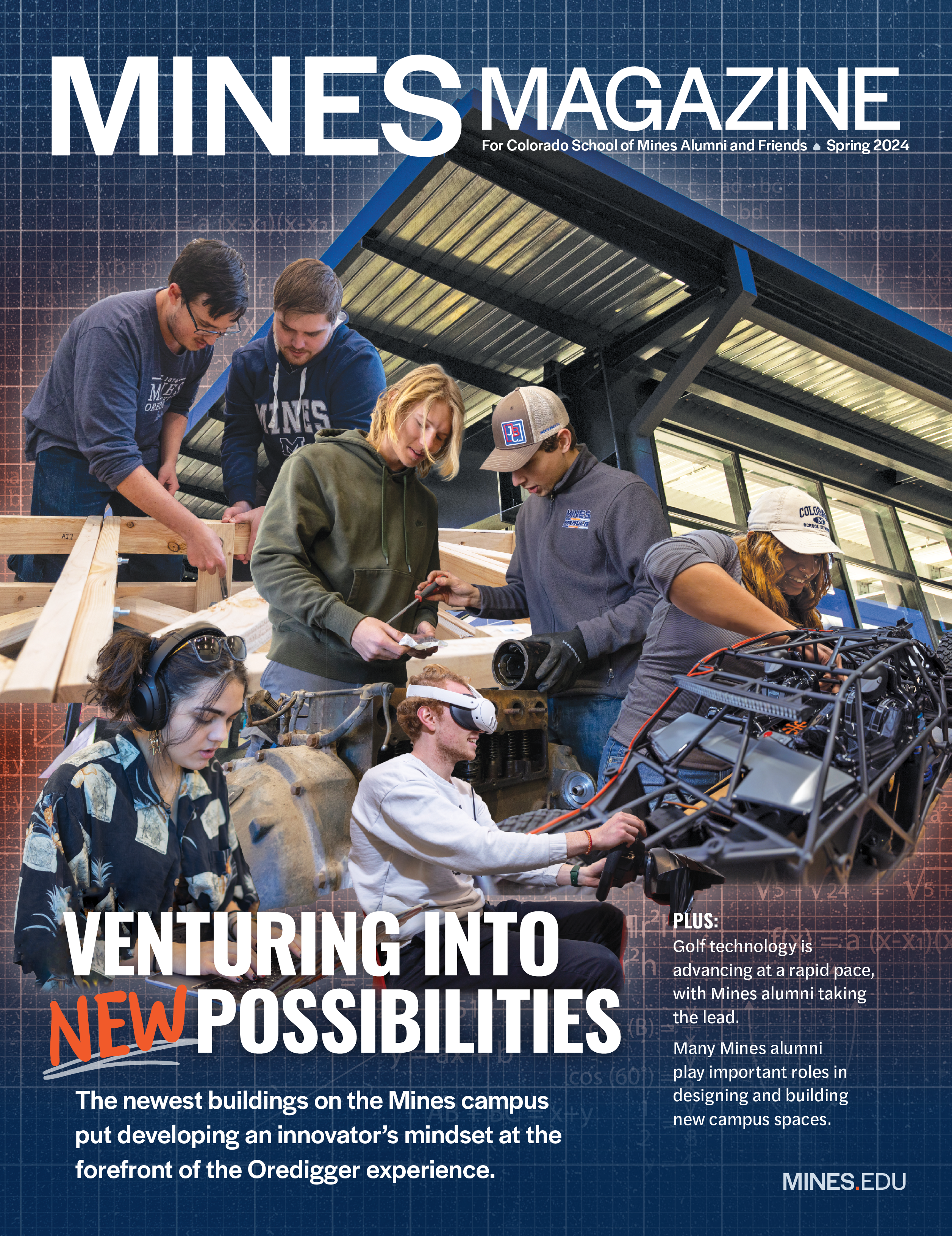On the fast track
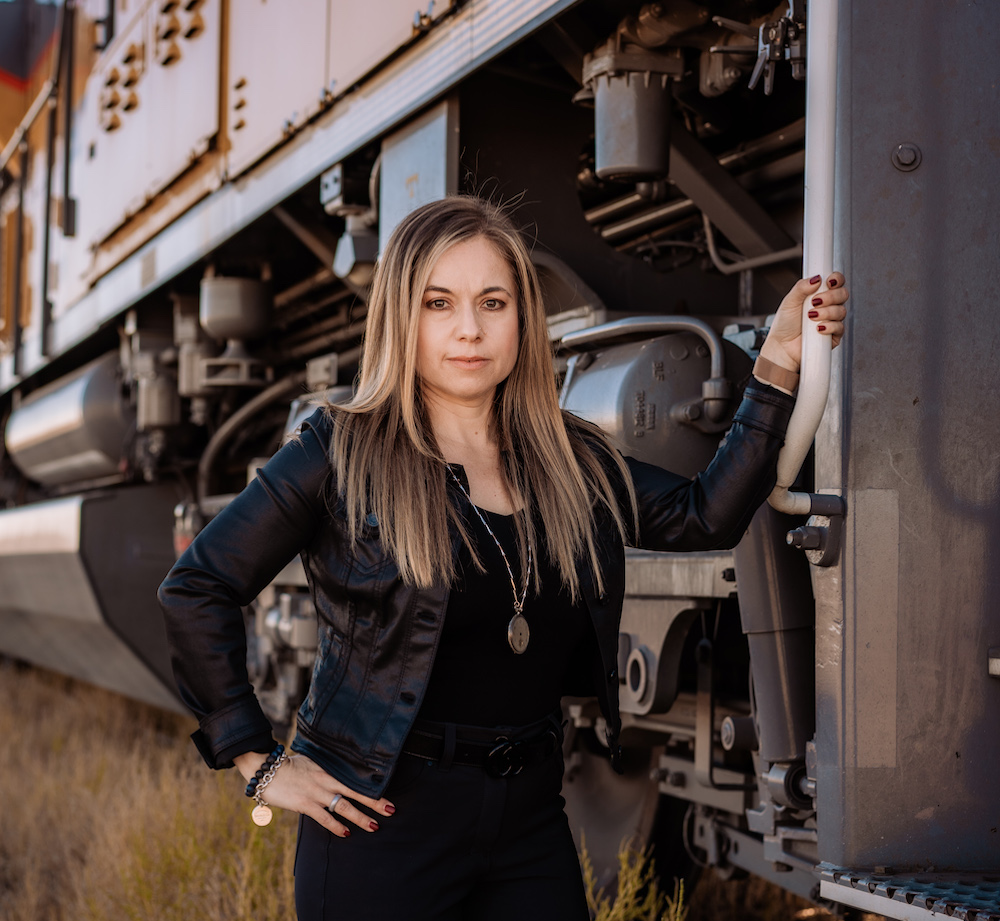
Rail is among the most energy-efficient modes of transportation for freight and passengers today, making up a vital part of the global economy. And while it’s one of the oldest transportation methods in use today, it’s an industry that is constantly improving with technological advancements and safety, reliability and efficiency improvements to help meet ever-increasing societal demand.
Few are as familiar with the rail industry’s continued evolution as Kari Gonzales ’02, president and CEO of MxV Rail. Based in Pueblo, Colorado, MxV Rail is the world’s leading talent for rail research, consulting, training and testing, focused on supporting the latest innovation and ideas to advance rail in the U.S. and around the world.
We asked Gonzales for her perspective on the future of rail and the lessons she’s learned as a leader in the industry. This is what she shared.
Mines Magazine: What interests you about the rail industry?
Kari Gonzales: I was first hired into the industry as an intern, and I fell in love with the rail industry. I changed my major from chemical engineering to mechanical engineering after that summer. It’s a wonderful industry with great people who are passionate about improving safety, reliability, efficiency and resiliency. Although it’s a global industry, it’s a very small community. There are a lot of people who are always very willing to share knowledge, and as long as you’re willing to learn, there’s really a lot of opportunity to grow in the industry.
The other thing I really appreciate is the heritage of the industry. Railroads have been around for nearly 200 years, and we are still seeing advancements. It’s not a place where we get in a comfort zone and stay there—we’re always looking for ways to improve the infrastructure and technology, which is where MxV Rail is a big contributor.
MM: You became president and CEO of MxV Rail in 2021 At a time when the company was rebranding and going through major restructuring. What were some of your biggest challenges when stepping into this role at such a critical time?
Gonzales: There was quite a transformation that was required over the past couple of years. MxV Rail was formerly TTCI, and we operated out of a federally owned facility for 40 years. In 2021, the government announced they were going in a different direction for management of the facility, so we had to figure out what our organization was going to be moving forward. We made the decision to relocate our facilities—40 years’ worth of stuff and about 100 million dollars’ worth of assets. And not only did we have to move that facility, we had to build a new facility with more than 20 miles of track infrastructure, new buildings and training facilities. The move in itself was a feat, but retaining our talented staff was also challenging. We had a lot of unknowns, and making sure people understood our vision and showing them action and results along the way was probably one of the most challenging parts of stepping into the CEO role.
MM: MxV Rail focuses on research and testing. What is the impact of this work?
Gonzales: MxV Rail has a long history as the premier research and testing partner for railways worldwide. Our new name, introduced in early 2022, is a bit newer but helped reaffirm our commitment to the rail industry. Our new name is based on the formula for momentum, mass times velocity. We chose this name because we’ve always focused on helping move the best ideas forward. One of the things I’ve always been attracted to is challenge. And when you’re working in a research and testing environment, there is a high degree of variability in the work you do. When you tie that together with a company that is purpose-driven like MxV Rail, we have a lot of flexibility to explore, learn, adapt and apply our learnings to help make the industry better in the ways of safety, reliability, efficiency and resiliency. Because we operate in a controlled test environment, we get to do a lot of things that other people don’t get to do. From our training school where we can train first responders on how to respond to an incident if it were to happen via rail to working on projects where we’re looking at the crashworthiness of passenger cars, we really span from end to end on all things rail. Ultimately, the results from our work directly impact methods and technology used in the rail industry to improve safety and performance.
MM: What does the future of the rail industry look like?
Gonzales: I always say, this is not your grandfather’s railroad anymore. People tend to get a visual of the steam engine, and that’s not railroads anymore. When people ask about what I do, I always take the opportunity to provide better insight on how railroads run and how we use technology to safely and efficiently move freight across our country.
Moving forward, I think the industry will continue to work on a zero-derailment future. Leveraging new technology to keep our nation’s railroads operating safely is a focus area for railroads worldwide. There’s been a lot of news in the last year around some derailment events, but that’s not how the industry prefers to operate. Especially when you’re talking about hazardous material rail shipments. In fact, over 99.9 percent of those shipments happen without incident, but the industry is still exploring ways to improve upon those safety-performance numbers. We’re looking a lot of new technology coming into the industry, and with the push for decarbonization, there’s also a combination of technology efficiency and the materials we’re using. That’s one of the things that’s very interesting to me. Rail is the most efficient way to move freight right now, but there are still a lot of people and organizations pushing to further reduce our impact on the environment. I’m excited to see how much more progress we see in both safety and overall resiliency of our network and operations.
MM: What do you think has been the most important lesson you’ve learned as a leader?
Gonzales: The biggest lesson I’ve learned is that when you put people first, the business will operate better. Passionate people driven by a common purpose can succeed despite challenging circumstances. Always encourage input from your team, and use that input to drive change and transform the business. I’ve really tried to make sure I hear our employees’ voices and ensure their knowledge can be used to best position the organization for success. As a team, we were able to achieve a successful transition on a tight schedule because we had an amazing set of people working side by side with a common goal. You’ll see positive outcomes when you stay outside your comfort zone and place a high value on the people that contribute to making your organization great.

